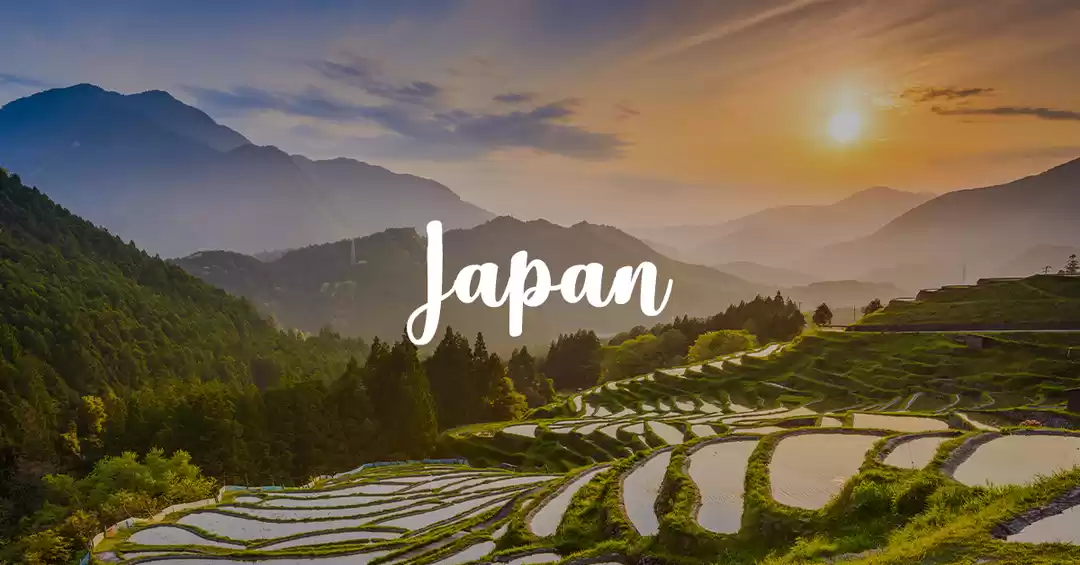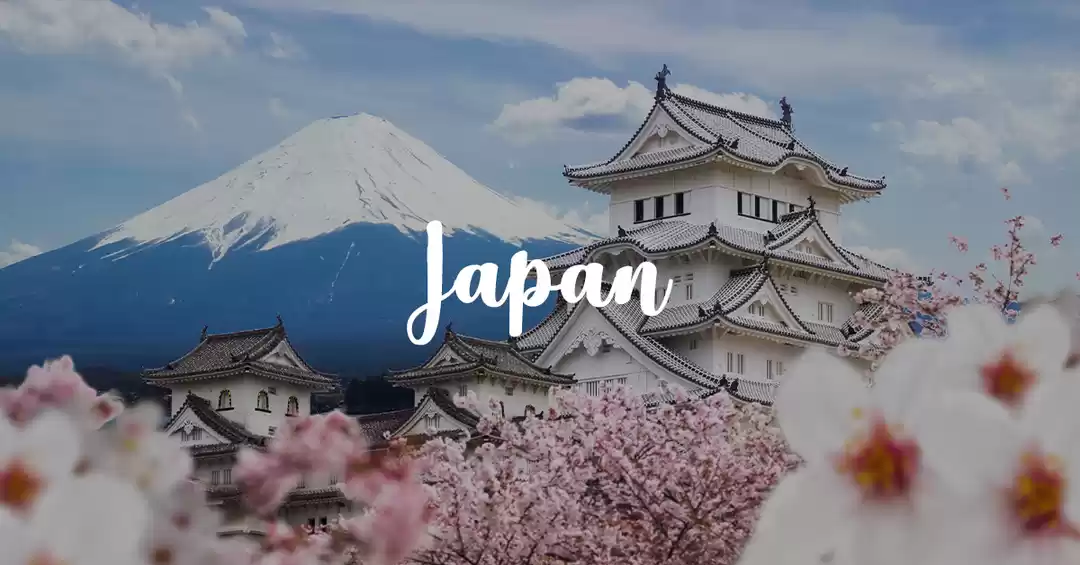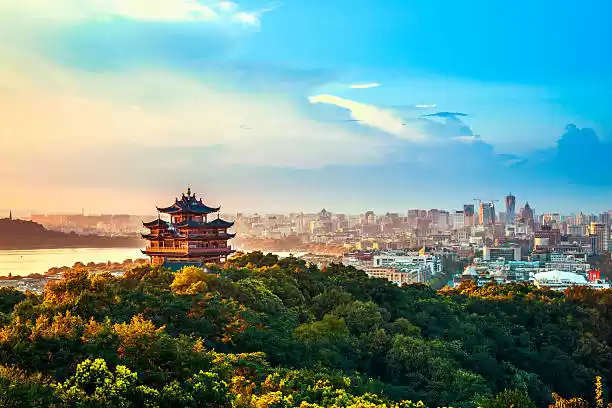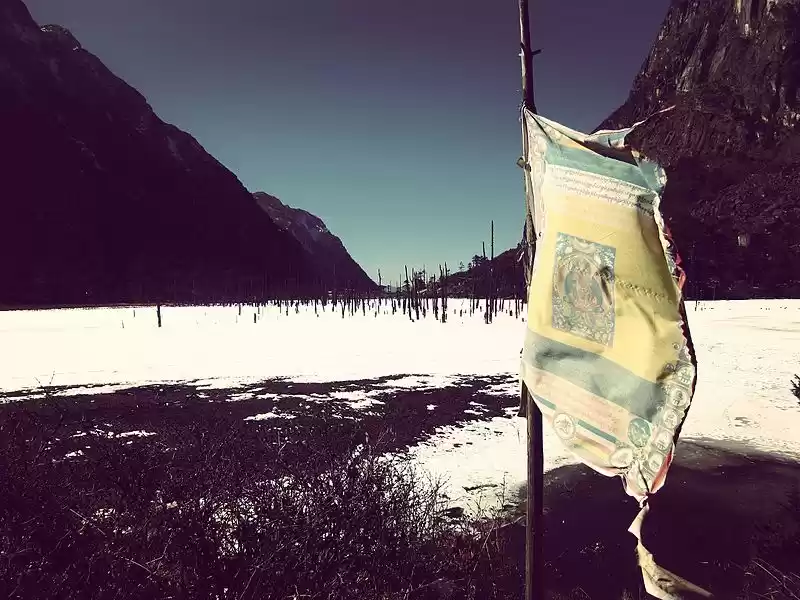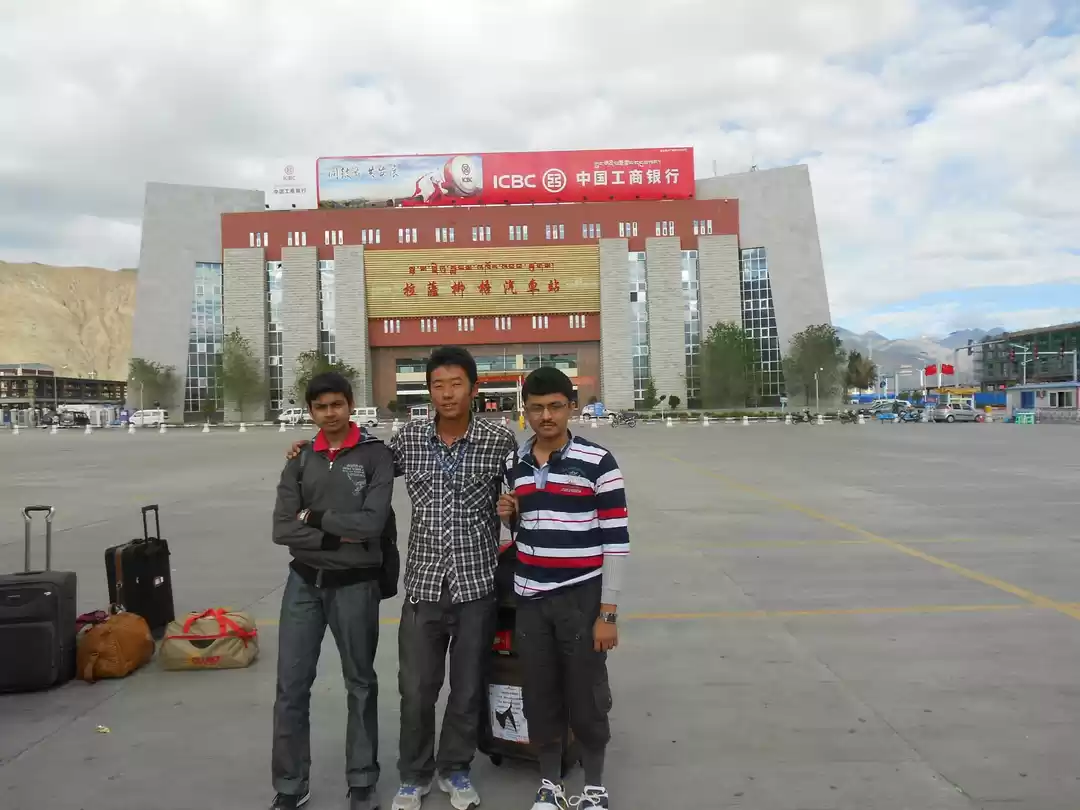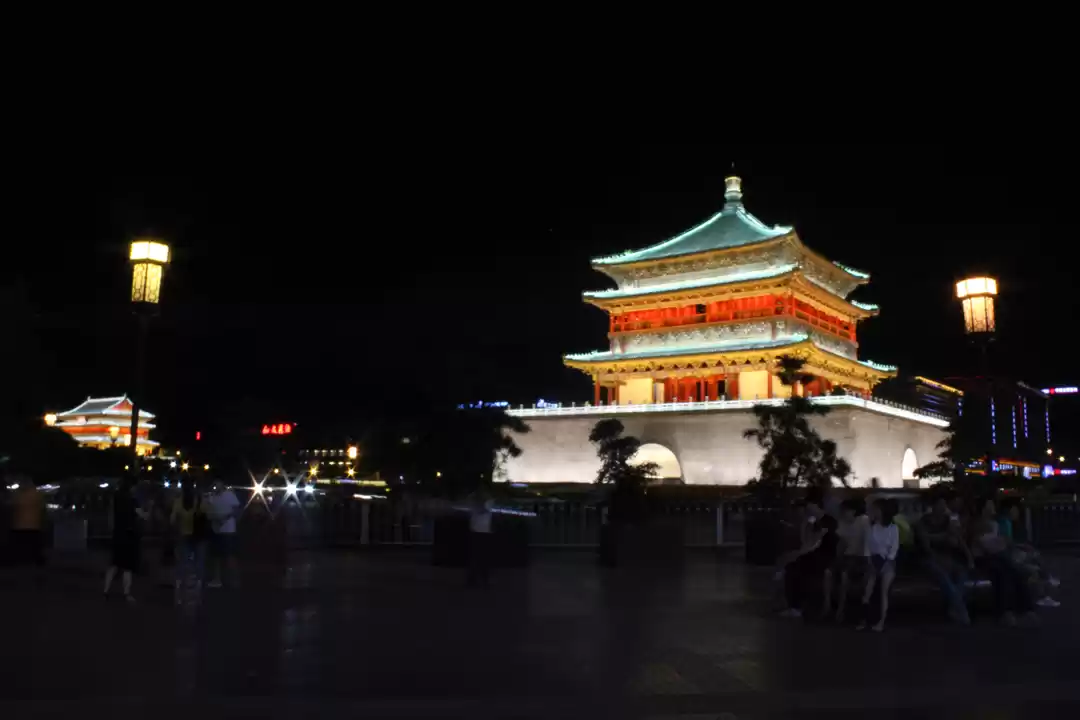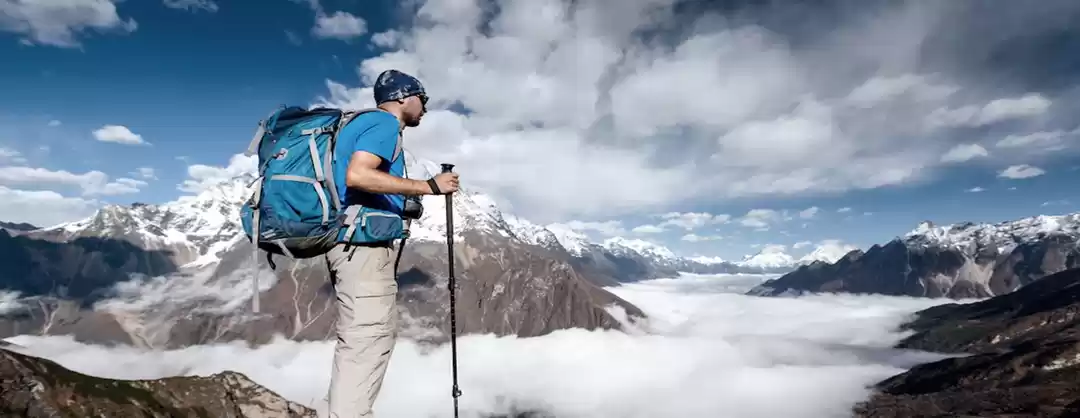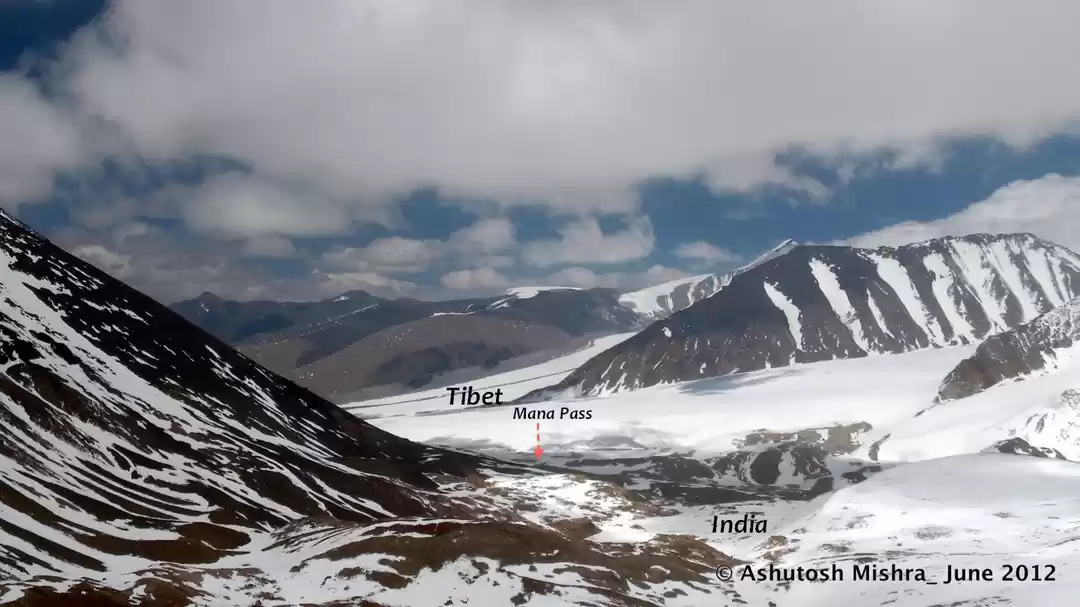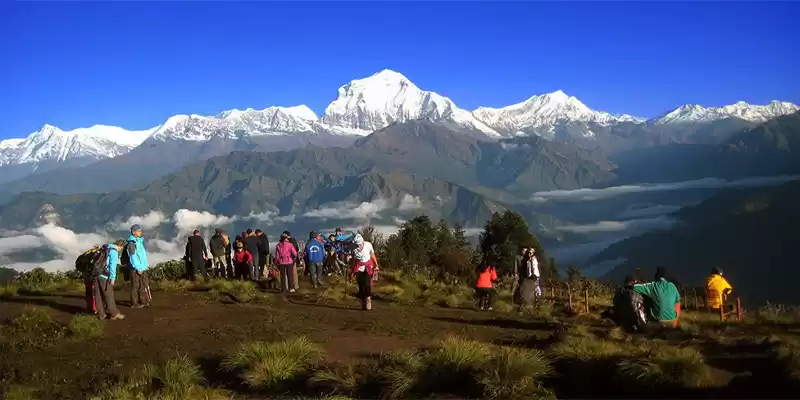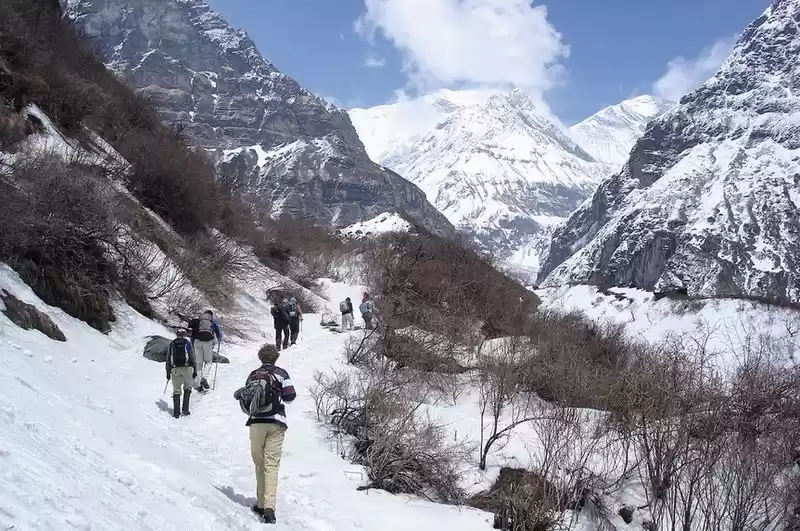

ABOUT
It's not an easy task to explain Himalaya within few words, It's beyond our imagination level. Moreover we can do is to just explain a bit about Himalaya. Checkout, I hope you like it. Gathering information from all over internet and putting at one place seems easier, but it,s not. It's only easy to think. So let's start.
The Himalayas are the highest mountain ranges in the world, and from them flow the major rivers of Asia.
Surrounded by high peaks with only a few passes, the plateau of Tibet was home to people who developed their own, distinct culture, which was highly influenced by Buddhism. That religion came into Tibet in two waves: from India, Nepal, and China in the seventh century, and again from India in the eleventh century.
The Himalayas stretch across the north eastern portion of India. They cover approximately 1,500 mi (2,400 km) and pass through the Nepal and Bhutan are located along the Himalayan ranges, and the Tibetan plateau lies to their north. Although the Himalayas are nearly impassible, many peoples have managed the crossing and left traces of their cultures nations of India, Pakistan, Afghanistan, China, Bhutan and Nepal. The Himalayan range is made up of three parallel ranges often referred to as the Greater Himalayas, the Lesser Himalayas, and the Outer Himalayas.
Ecology
While intimidating mountains like Everest and 2K tend to dominate our perceptions of the region, the Himalayas are rich in biodiversity. Climates range from tropical at the base of the mountains to perennial snow and ice at the highest elevations. These complex and diverse eco-regions are interconnected: an ecological threat to one is ultimately a threat to many. Here are just a few examples of Himalayan ecology.

ADVENTURES IN HIMALAYA
1. Everest Tea House trek
2. In search of Black Necked Cranes in Bhutan
3. Discover the spirit of Tibet
4. A Karakorum cracker
5. Conquer the three peaks of Ladakh
6. Lhasa to Kashgar via Mt Kailash
7. Everest Base Camp
8. Nandi Devi and Milam Glacier
9. Cycling in Bhutan
Actually I'm not able to explain the adverse beauty and it's thrill. And believe me no one can explain you the adventure in Himalaya. It's you who can explore it.



ADDITIONAL FACTS ABOUT HIMALAYA
1. The Himalayas are the result of tectonic motions that collided India into Tibet.
2. The flora and fauna of the Himalayas vary with climate, rainfall, altitude, and soils.
3. The climate ranges from tropical at the base of the mountains to permanent ice and snow at the highest elevations.
4. The amount of yearly rainfall increases from west to east along the southern front of the range.
5. This diversity of altitude, rainfall and soil conditions combined with the very high snow line supports a variety of distinct plant and animal communities.
6. The extremes of high altitude (low atmospheric pressure) combined with extreme cold favour Textremophile organisms.
CULTURE
The Himalayan population belongs to four distinct cultural groups, who throughout history have systematically penetrated the isolated indigenous
Himalayan population. Those migrating cultures - Hindu (Indian), Buddhist (Tibetan), Islamic (Afghanistan-Iranian) and Animist (Burmese and south-east Asian) - have created here their own individual and unique place. Their current arrangement, though with a few exceptions, is linked to specific geographical regions, and the relative altitude at which they occur.
CLIMATE
The vast size, huge altitude range and complex structure of the Himalayas mean they experience a wide range of climates, from humid subtropical in the foothills to cold, dry desert conditions on the Tibetan side of the range. For much of Himalayas - that on the south side of the high mountains, except in the furthest west, the most characteristic feature of the climate is the monsoon. Heavy rain arrives on the south-west monsoon in June and persists until September. The monsoon can seriously impact transport and cause major landslides. It restricts tourism - the trekking and mountaineering season is limited to either before the monsoon in April/May or after the monsoon in October/November (autumn). In Nepal and Sikkim, there are often considered to be five seasons: summer, monsoon, autumn (or post-monsoon), winter and spring.




